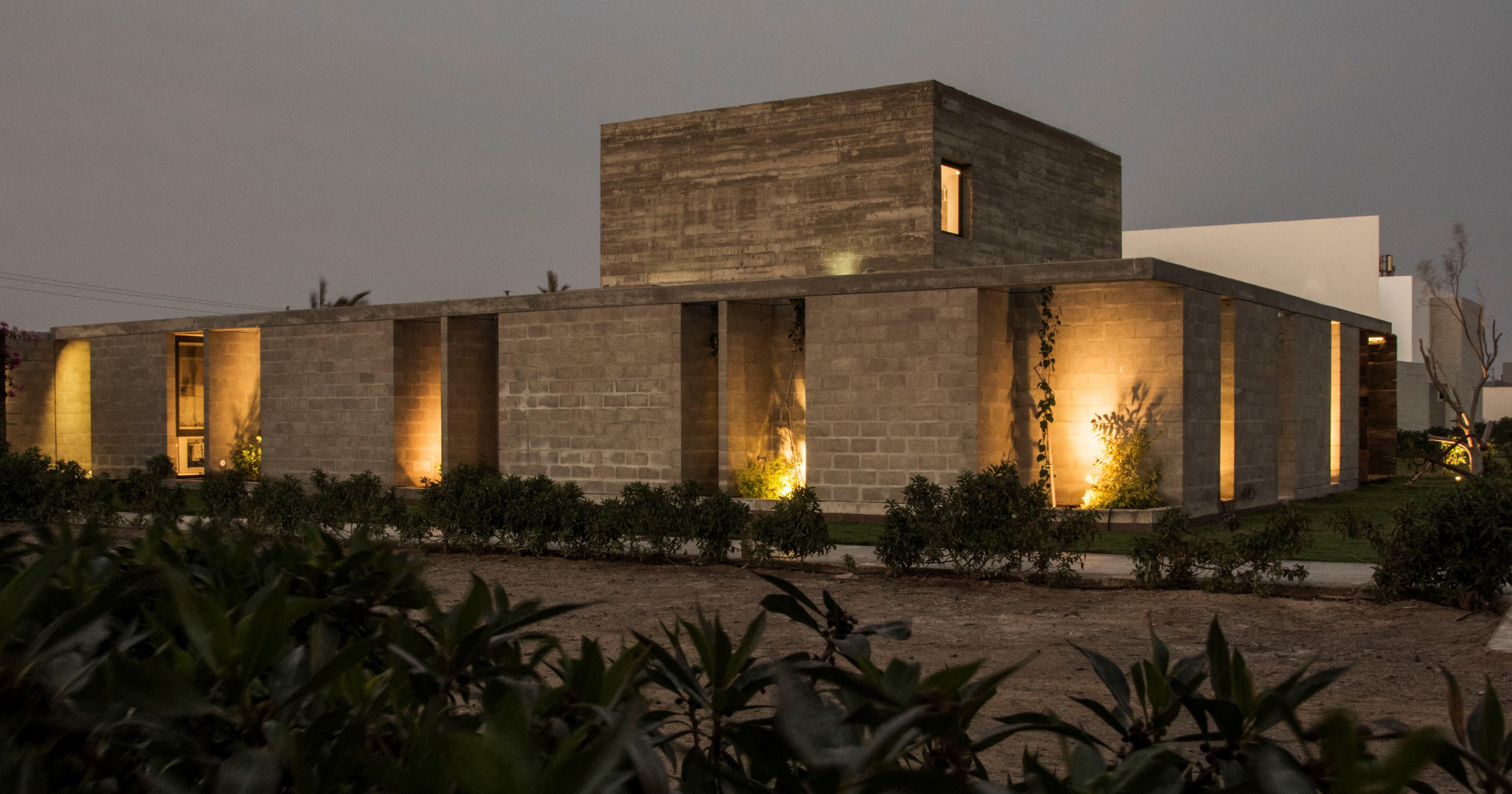Hopkins Architects arranges University of Oxford arts centre around four-storey atrium


London studio Hopkins Architects has completed a performing arts and education centre at the University of Oxford, which features a four-storey atrium and a Passivhaus concert hall.
Set to open on 13 October, the 25,300-square-metre Schwarzman Centre unites seven faculties of the university's Humanities Division in one building, alongside the Institute for Ethics in AI and the new Bodleian Humanities Library.
Alongside three upper floors of teaching and research facilities, the centre also contains spaces for dance, film and theatre.

This includes a 250-seat theatre and a 500-seat concert hall. According to Hopkins Architects, the latter is the world's first Passivhaus concert hall.
It was designed as part of a wider sustainability strategy for the project, which aims to have the entire building meet Passivhaus standards and the UK Net Zero Carbon Building Standard.
"The Schwarzman Centre unites Oxford's Humanities in a welcoming, sustainable landmark," the studio said.

"It strengthens interdisciplinarity, opens the University to the City, and provides a new cultural hub, creating an inspiring, flexible, and enduring home for dialogue, research, and performance," added Hopkins Architects.
"On track to achieve Passivhaus certification in 2025, it will be the largest Passivhaus scheme in England and the world's first Passivhaus concert hall."
The Schwarzman Centre was funded by the American businessman and project's namesake, Stephen Schwarzman, who contributed £185 million towards the development.

Clipsham stone and brick define the building's cream-toned exterior, which was chosen by the studio to "sit comfortably in its historic setting".
Framed by landscaped gardens, the centre has a collonaded front elevation and is punctuated by gridded glazing on the upper floors.
The facilities are arranged around the Great Hall, which is a central four-storey atrium flanked by a double-height lobby and entrance arcades at each end.
A 19-metre-wide dome crowns the central hall, with an intricate geometric form that rises seven metres above the building's roofline.
At its publicly accessible ground level, the hall provides a flexible space for hosting events. This is overlooked by the three upper floors of faculties lined with study desks.
"Envisaged as a unifying space, to bring together individual academic faculties and members of the public, the Great Hall provides a unique forum for engagement and study," the studio said.

Lining the central spaces are a gallery, cinema, museum and recording studio, alongside a learning centre and events area for the Institute of Ethics in AI.
Meanwhile, the centre's two lower ground floors have been dedicated to performance spaces, which are organised around a double-height foyer and bar.

This includes the triple-height Sohmen Concert Hall, which has a 500-seat capacity, along with a 250-seat theatre designed as an adaptable and multi-functional venue.
Other university buildings recently featured on Dezeen include a jagged terracotta-clad addition to the Rice School of Architecture in Texas and a German university building designed to be "as flexible as possible".
The photography is by Hufton + Crow.
The post Hopkins Architects arranges University of Oxford arts centre around four-storey atrium appeared first on Dezeen.





















































